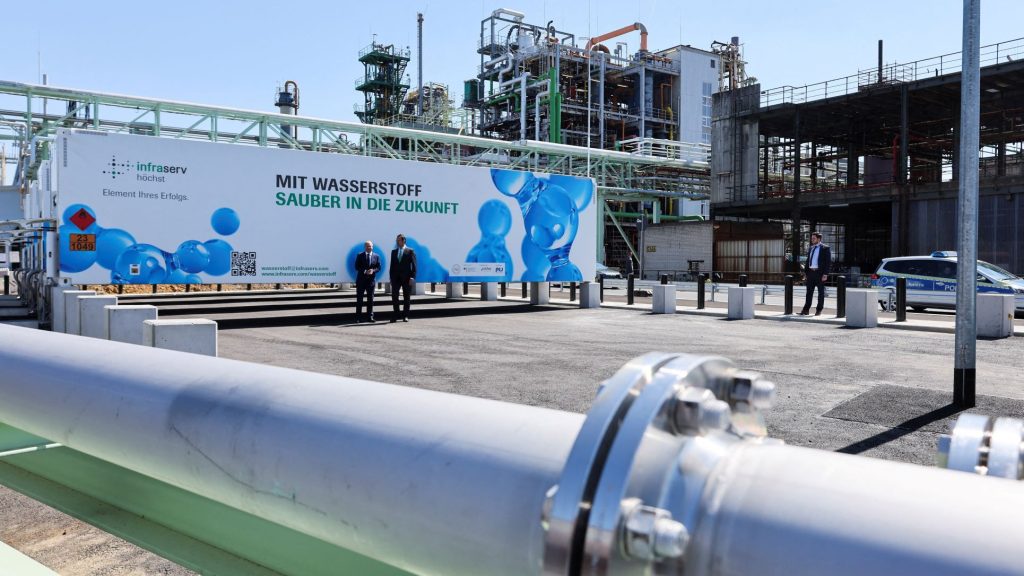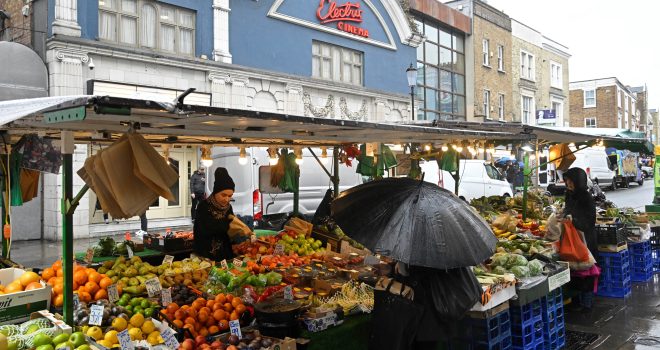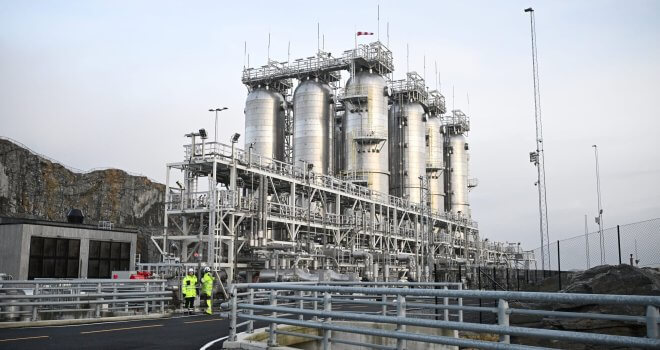Australia And Germany To Invest $90 Million For Joint Hydrogen Supply Chain Projects

Australia and Germany have earmarked A$50 million ($35.5 million) and 50 million euros ($54.4 million), respectively, towards a joint initiative to establish a green hydrogen supply chain, Australian Minister for Climate Change and Energy Chris Bowen said on Friday.
The two countries, which signed a bilateral alliance on hydrogen production and trade in June 2021, announced funding for four projects under the German–Australian Hydrogen Innovation and Technology Incubator (HyGATE) initiative.
The collaboration further helps Australia strengthen its renewable energies export infrastructure, while allowing Germany to meet its growing energy needs via cleaner sources.
Green hydrogen is made by using electrolysers powered by renewable energy to split water.
Of the earmaked funds, Australian cleantech firm Vast Solar and Solar Methanol Consortium won grants worth A$19.48 million and 13.2 million euros, respectively, to develop a 10 MW electrolyser producing green hydrogen for solar methanol production in Port Augusta, South Australia.
Another grant recipient, Hysata, an electrolyser company, was awarded A$8.98 million to work with Germany’s Fraunhofer Institute for Production Technology to develop a new ‘capillary-fed’ electrolyser to deliver low-cost hydrogen in Port Kembla, New South Wales.
Currently, data from the Office of the Chief Economist at the Federal Department of Industry, Science and Resources, showed hydrogen projects made up for A$266 billion of potential investment from the total value of as much as A$705 billion of resource and energy projects in the pipeline in Australia.
“Working hand-in-hand with our international partners will help Germany to phase out coal-fired power generation by 2038 and aid Australia to reach net zero by 2050,” said Bettina Stark-Watzinger, German Minister of Education and Research.
(Reporting by Jaskiran Singh in Bengaluru; Editing by Krishna Chandra Eluri)




